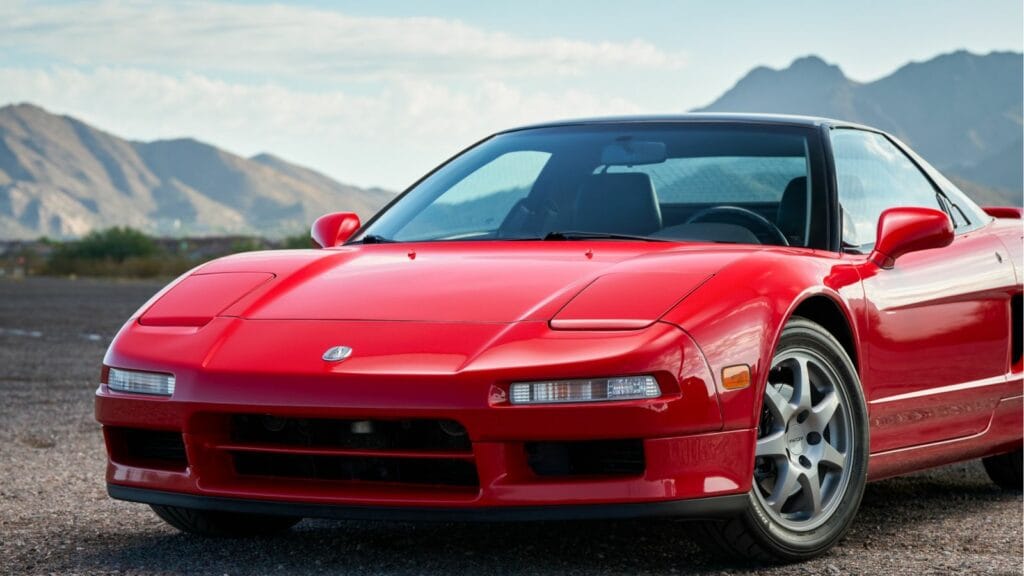The 1990s were a special era in the automotive world a decade when design met innovation, when analog purity coexisted with the dawn of digital performance. Manufacturers across the globe were pushing boundaries, finding new ways to blend power, precision, and technology without losing the connection between driver and machine. From legendary Japanese sports cars to sophisticated European grand tourers, the 1990s gave us some of the most exciting and enduring vehicles ever built.
Toyota Supra Mk4
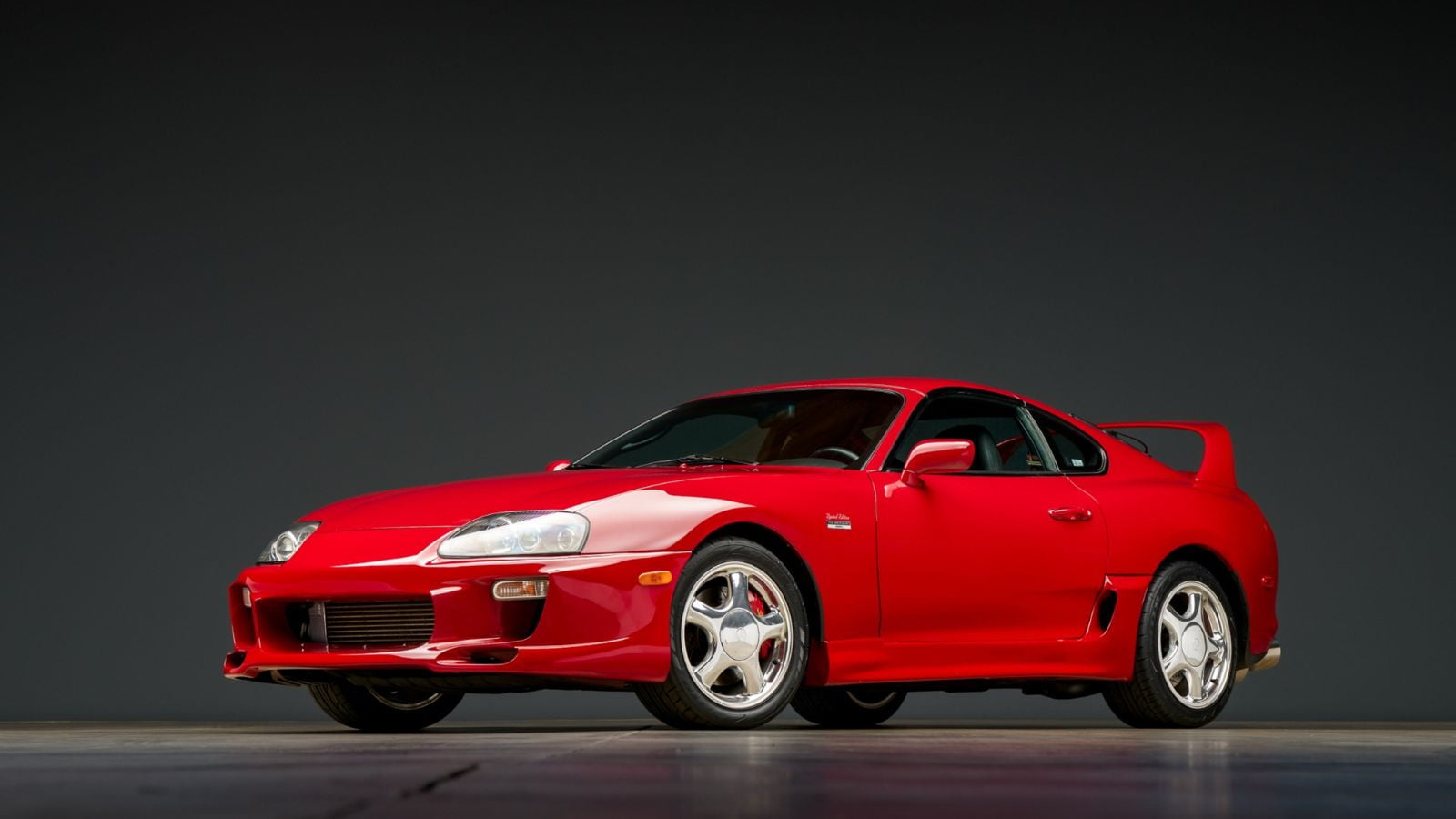
The 1993 Toyota Supra Mk4 is a car that refuses to fade from memory. Its 2JZ engine was not just powerful but nearly indestructible, designed to handle immense stress with ease. This inline six, with its twin turbos, produced over 320 horsepower in stock form, but tuners quickly discovered its potential for far more. Supras with over 1,000 horsepower became commonplace in the tuning world, turning the car into a global performance icon.
The Supra’s wide stance, balanced weight distribution, and aerodynamic styling made it as competent in corners as it was in straight lines. It was equally at home on a track, a drag strip, or in a movie chase scene. It remains one of the purest expressions of Japanese engineering excellence strong, stylish, and endlessly capable.
Mazda RX7 FD3S

The third-generation Mazda RX7 remains one of the most beloved sports cars of all time. Released in 1992, it featured a lightweight design and a perfectly tuned chassis that made it feel alive in the driver’s hands. Its twin-turbo rotary engine was unique in character, delivering smooth yet explosive power at high revs.
Mazda’s engineers focused heavily on balance and precision. The car’s near-perfect weight distribution gave it agility that rivaled far more expensive exotics. The RX7 demanded attention and skill from its driver, but it rewarded commitment with a driving experience that felt like nothing else. Even decades later, few cars have captured such harmony between design, technology, and emotion.
McLaren F1

When the McLaren F1 debuted in 1992, it wasn’t just fast it redefined what fast meant. With its central driving position and naturally aspirated 6.1-liter BMW V12, it reached a top speed of 240 miles per hour, a record that stood until the 2000s. Every detail of the car was designed without compromise. The carbon fiber monocoque chassis was cutting-edge, the interior was trimmed in fine leather and gold foil was used in the engine bay to reflect heat.
The McLaren F1 was light, focused, and shockingly practical for a hypercar. It could seat three people and carry luggage, yet outperformed every rival of its era. To this day, many enthusiasts consider it the greatest driver’s car ever built a masterpiece of precision and performance created before computers took over supercar engineering.
Honda NSX

The Honda NSX, known as the Acura NSX in North America, was the supercar that humbled Ferrari. Released in 1990, it proved that a sports car could be reliable, refined, and thrilling all at once. With a 3.0-liter V6 mounted midship and a chassis tuned with input from Ayrton Senna, it combined balance with razor-sharp handling.
Honda used an all-aluminum body to reduce weight, giving the NSX incredible responsiveness. The engine’s VTEC system provided an exhilarating rush of power at high revs. What truly set it apart was its usability you could drive it to work, then take it to the track the same day. The NSX changed the supercar formula forever, introducing precision and practicality to a world dominated by temperamental exotics.
Nissan Skyline GT-R R34
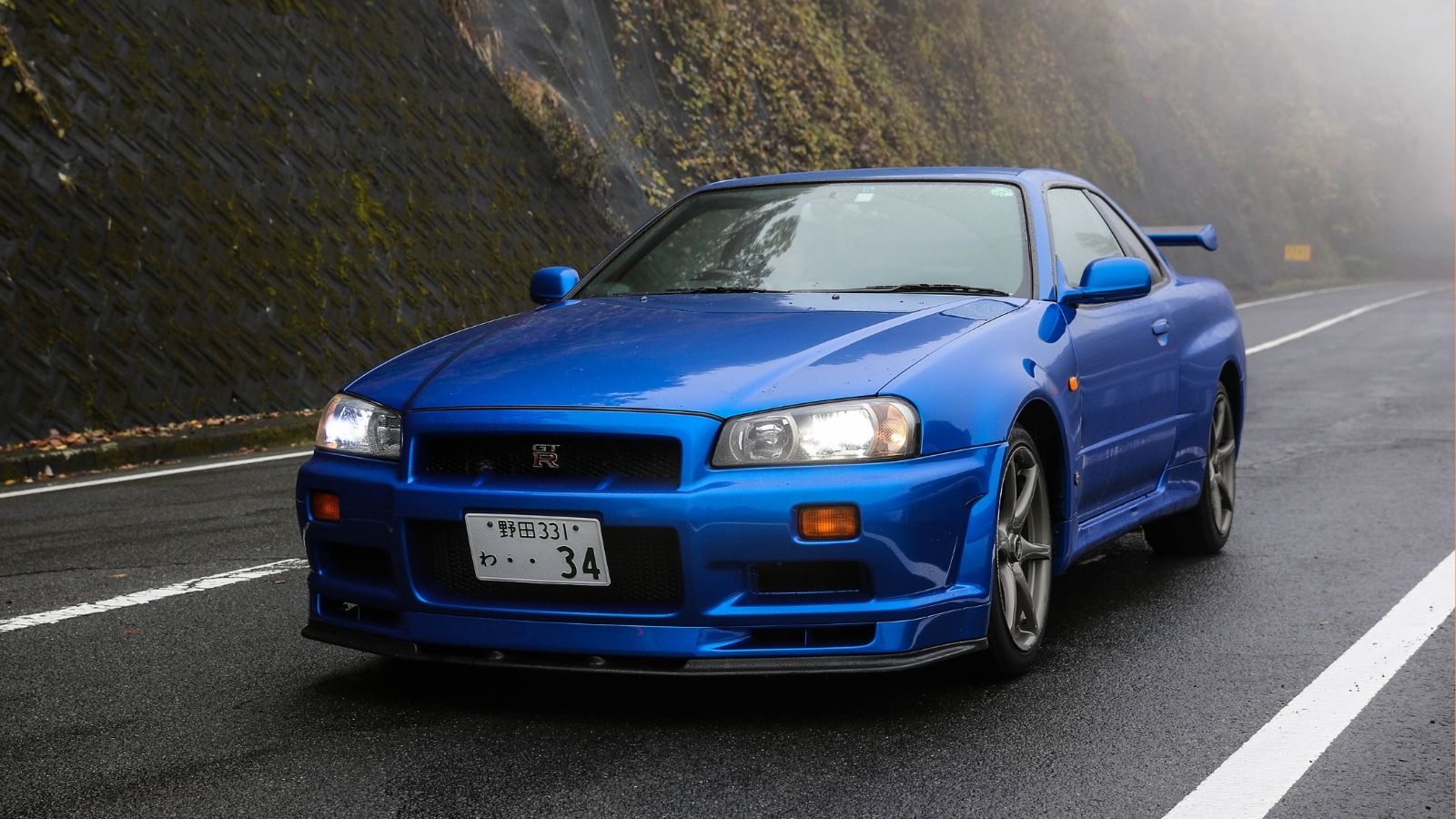
The Nissan Skyline GT-R R34, introduced in 1999, was more than just another sports coupe. It was a technological marvel, blending raw performance with advanced electronics. Its RB26DETT twin-turbo inline six delivered brutal power, while the ATTESA all-wheel-drive system and Super-HICAS four-wheel steering made it stick to the road like glue.
The R34’s onboard computer displayed data like boost pressure and oil temperature, giving it an almost fighter-jet feel. It became the poster car for an entire generation, thanks in part to its appearances in video games and movies. With its muscular lines and mechanical brilliance, the R34 represented the pinnacle of the Japanese performance era.
Ferrari F355
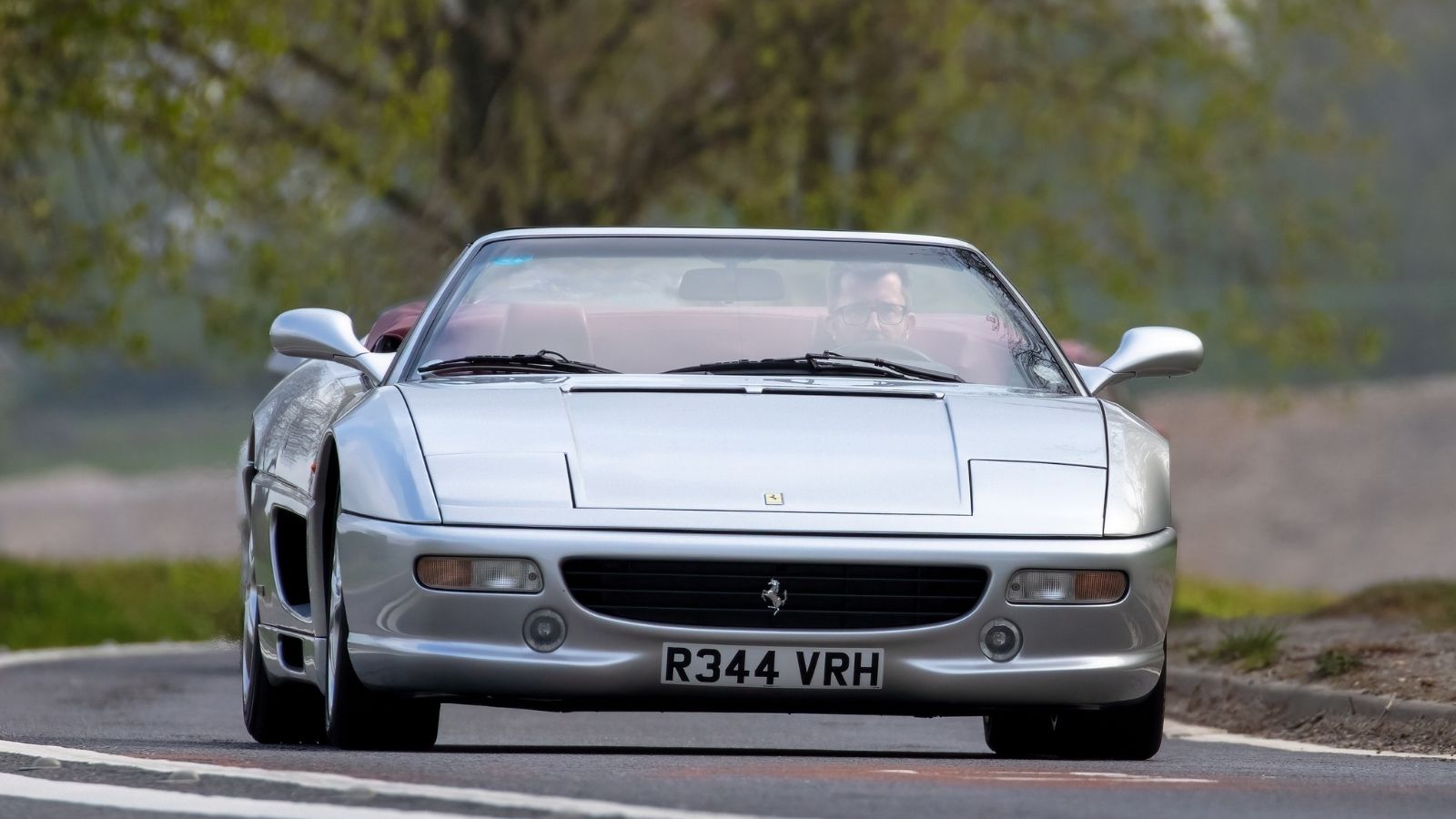
The Ferrari F355 arrived in 1994 and immediately became one of the most beautiful cars the brand ever made. Its 3.5-liter V8 produced 380 horsepower and revved beyond 8,000 rpm, delivering a symphony of sound that few cars could match. The car’s balance of old-school emotion and modern precision made it a joy to drive at any speed.
Ferrari improved build quality and usability while maintaining the drama expected from Maranello. Available as a coupe, targa, or convertible, it offered something for every kind of enthusiast. The F355 marked a turning point for Ferrari blending the passion of the past with the refinement of the future and remains a benchmark for what a pure Italian sports car should be.
BMW E39 M5
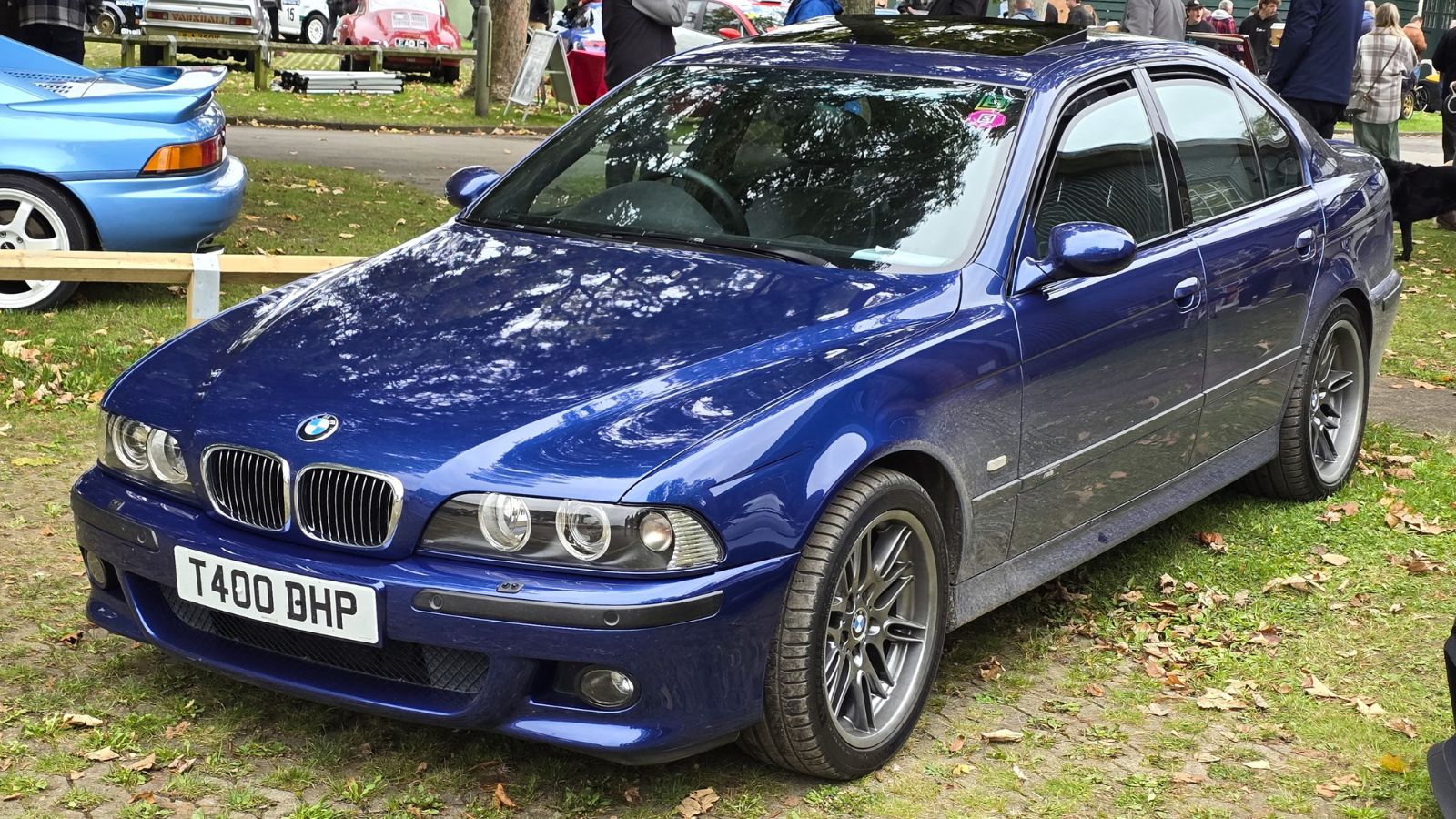
When the E39 M5 launched in 1998, it raised the bar for performance sedans everywhere. Its naturally aspirated 4.9-liter V8 made 400 horsepower, channeled through a six-speed manual gearbox to the rear wheels. It was a luxury cruiser one moment and a track weapon the next, capable of reaching 180 miles per hour in complete composure.
The E39’s chassis balance and steering feel were nearly perfect, and its understated styling gave it an aura of quiet confidence. There was no flashy bodywork or oversized spoilers just pure engineering brilliance wrapped in subtle design. Many enthusiasts still regard it as the best M5 ever built, a perfect blend of performance, luxury, and authenticity.
Toyota Land Cruiser 80 Series
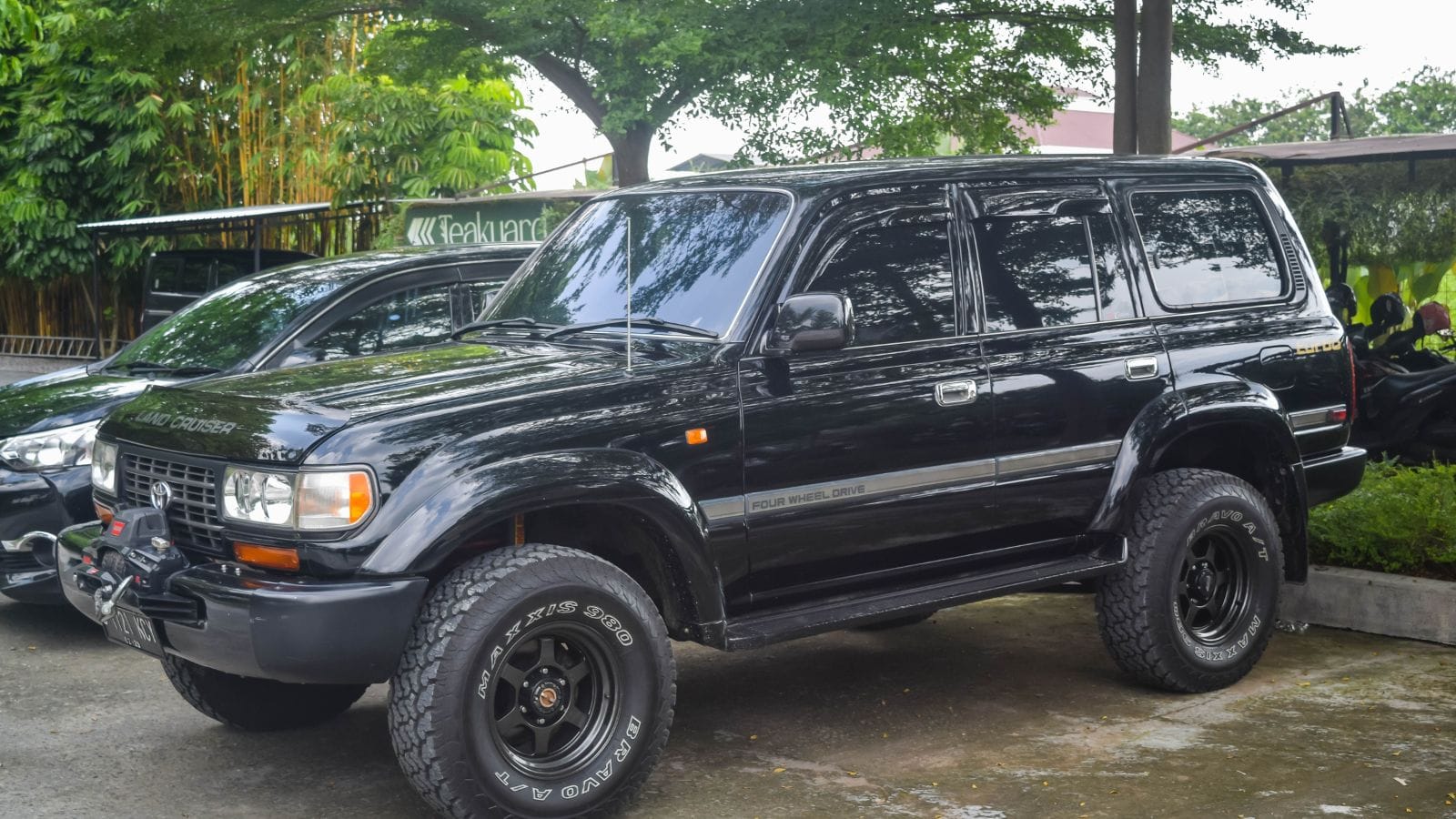
The 80 Series Land Cruiser wasn’t about speed or handling — it was about going anywhere, anytime, without fail. Built between 1990 and 1997, it combined rugged off-road ability with newfound comfort and refinement. It came with a straight-six engine that was nearly unbreakable and a drivetrain built to withstand abuse on every continent.
Inside, it offered more luxury than any previous Land Cruiser, making it equally at home in the desert or the city. It became a favorite among adventurers, explorers, and even governments worldwide. The 80 Series was the last Land Cruiser to balance toughness with mechanical simplicity, and it remains one of the most capable vehicles ever made.
Porsche 911 (993)

The 993 generation of the Porsche 911, built from 1994 to 1998, was the final chapter for the air-cooled era. It combined Porsche’s classic driving purity with modern comfort and refinement. The flat-six engine delivered that signature growl, while the suspension updates made it the best-handling 911 to date.
The 993’s design was smooth and timeless, with its wide hips and integrated bumpers creating one of the most beautiful silhouettes in Porsche history. For many enthusiasts, the 993 is the perfect balance between analog feel and livability. It’s no wonder that values for these models continue to rise they represent the very soul of the Porsche brand.
Acura Integra Type R

The Acura Integra Type R was proof that less can truly be more. Built for precision rather than raw power, its 1.8-liter VTEC engine delivered nearly 200 horsepower and revved to 8,400 rpm. Every part of the car — from the chassis reinforcement to the close-ratio gearbox was designed to enhance the driving experience.
Lightweight and perfectly balanced, the Type R could out-handle cars with double its horsepower. It was proof that front-wheel-drive could be fun and competitive. The Type R has since achieved cult status, remembered as one of the most engaging and pure sports cars ever made.
Mercedes-Benz W140 S-Class
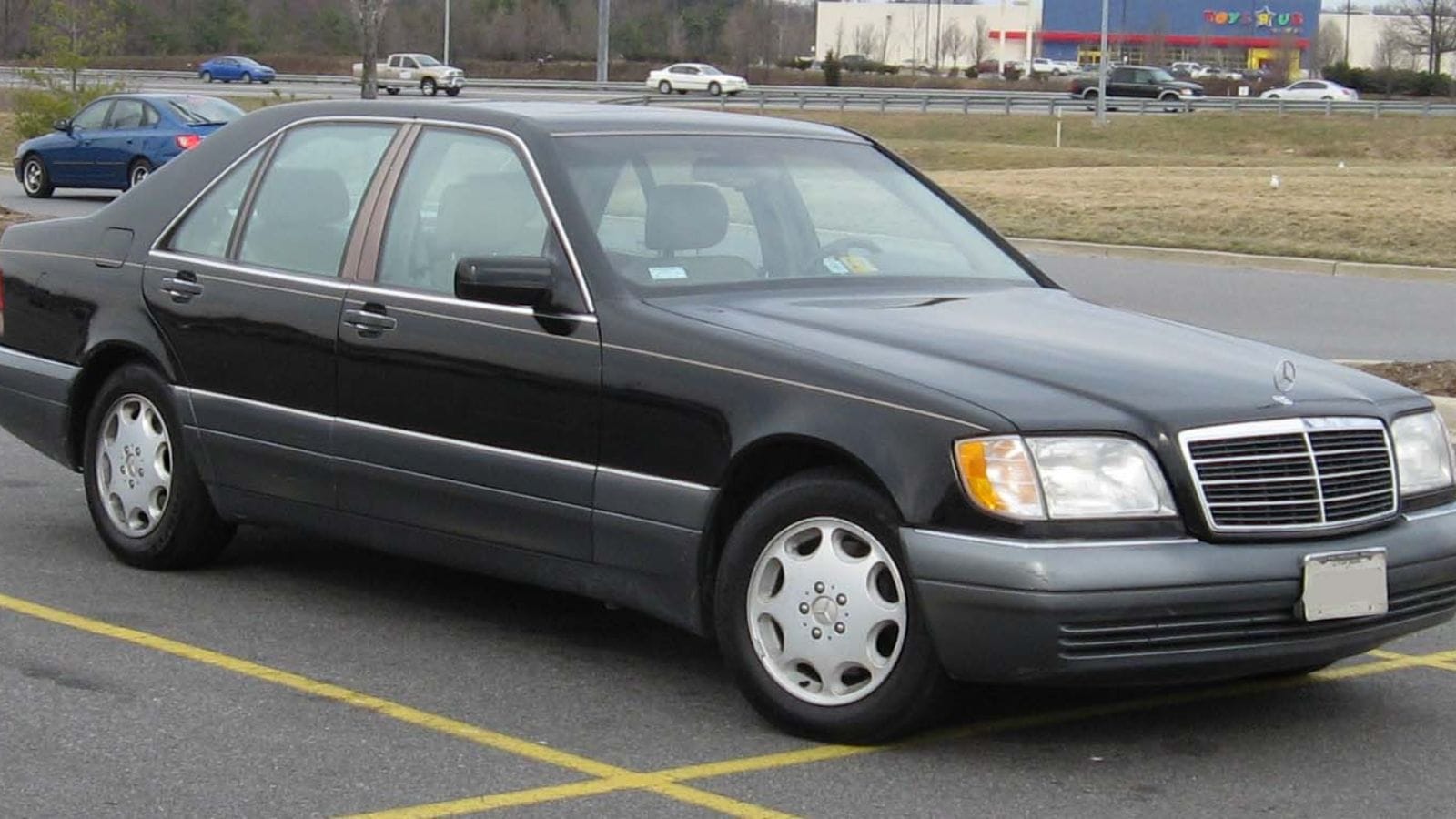
Launched in 1991, the Mercedes-Benz W140 was an exercise in excess — and that’s exactly what made it legendary. Built with an unlimited budget, it featured double-pane glass, self-closing doors, and innovations like adaptive suspension and electronic stability control. The interior felt like a private jet, while the V12 engine delivered effortless power.
The W140 was massive, silent, and built to last. It represented Mercedes at its peak when engineers, not accountants, made the decisions. Even today, it exudes a sense of authority and craftsmanship few modern luxury cars can match.
Subaru Impreza WRX STI

The Subaru Impreza WRX STI of the 1990s was born from rally domination. Its turbocharged boxer engine and symmetrical all-wheel drive made it an unstoppable force on any terrain. It wasn’t just fast in a straight line, it could carve through corners with astonishing precision.
The car’s rally-bred DNA gave it personality and purpose. It was practical enough for everyday use but thrilling enough to challenge far more expensive performance cars. The WRX STI became a cult hero, blending utility, affordability, and excitement into one irresistible package.
The 1990s: The Perfect Decade for Driving
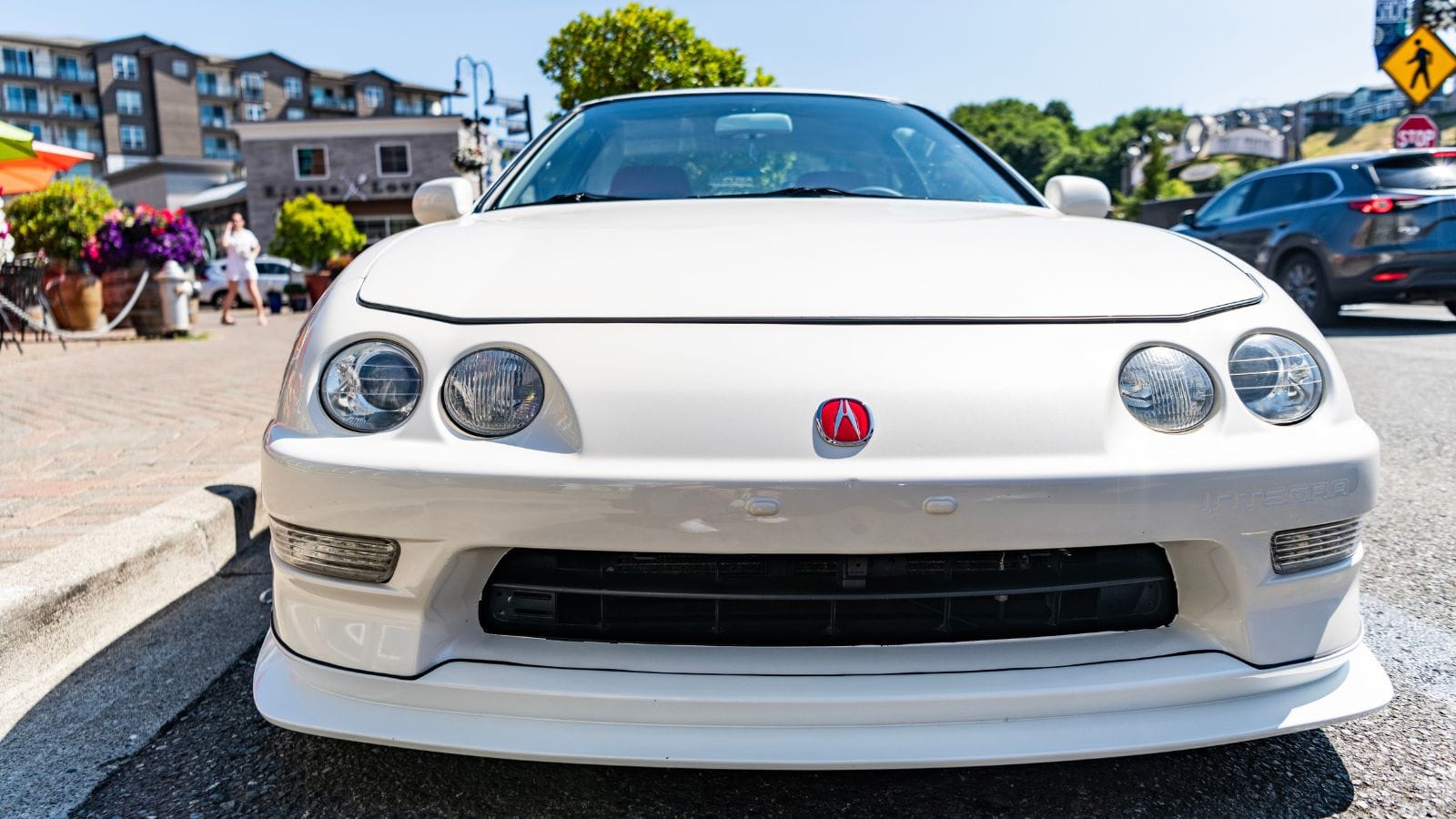
The 1990s gave us balance, a time when cars still felt mechanical and alive, yet benefited from real engineering progress. It was the last decade before digital systems began to replace intuition and touch. Whether it was Japan’s mastery of efficiency, Germany’s obsession with precision, or Italy’s flair for passion, every country contributed something unforgettable.
These cars were not just transportation; they were statements of engineering and culture. They bridged eras and set standards that modern manufacturers still try to meet. The 1990s remain a high point in automotive history, a time when cars had character, courage, and soul, and when driving still felt like an art form.
25 Facts About Car Loans That Most Drivers Don’t Realize

Car loans are one of the most common ways people fund car purchases. Like any other kind of loan, car loans can have certain features that can be regarded as an advantage or a disadvantage to the borrower. Understanding all essential facts about car loans and how they work to ensure that you get the best deal for your financial situation is essential. Here are 25 shocking facts about car loans that most drivers don’t realize:
25 Facts About Car Loans That Most Drivers Don’t Realize
